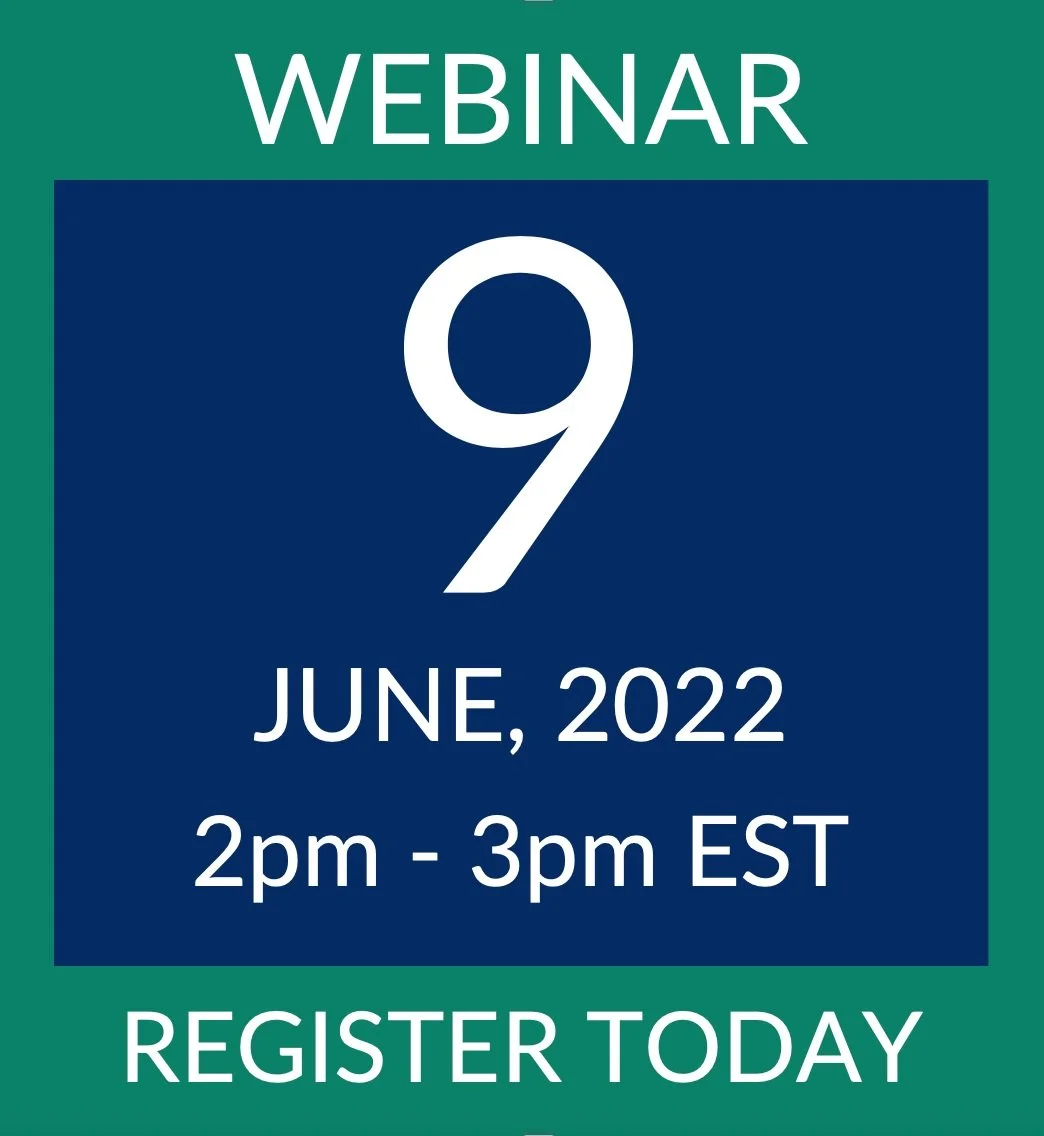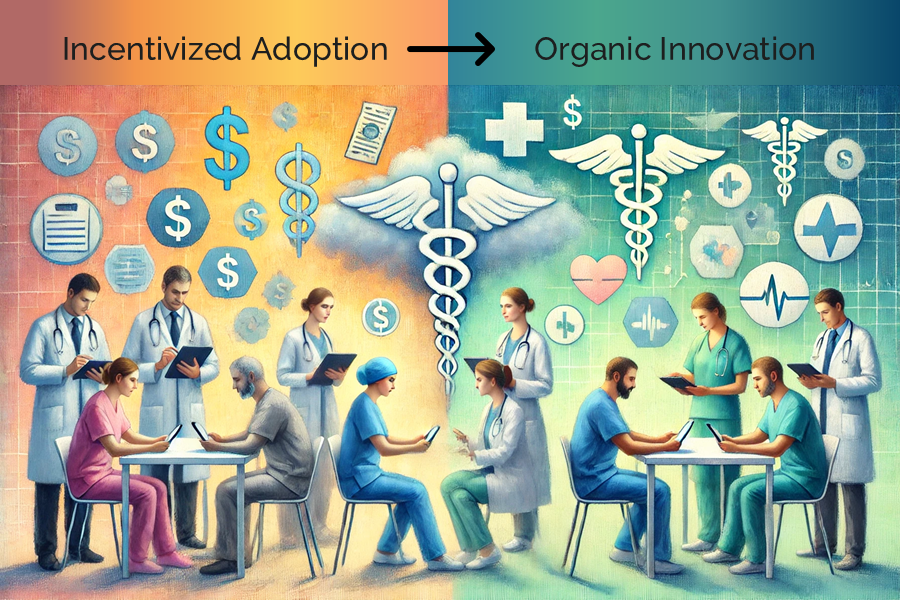Feel the burn of FHIR®? Get closer to the Flame.
"HL7, FHIR and the FHIR [FLAME DESIGN] are the registered trademarks of Health Level Seven International and their use does not constitute endorsement by HL7."
If you are in any way connected with the healthcare industry, you have felt the warmth of FHIR® by now. We are in the final implementation phase of the most stringent requirements of the Cures Act that would add the much-needed FHIR to interoperability in healthcare. No more delays are likely in the enforcement of the ONC and the CMS rule. Those who had hoped for delays are beginning to feel the burn of potential million dollars penalties. In a previous blog, I discussed how FHIR is becoming a commodity business for meeting the Cures Act requirements. You may also be trying to find the quickest and shortest path to just meet the Cures Act requirements by using one of the off-the-shelf solutions. In this blog, I am going to show you why you might want to consider doing more than just the minimum and get closer to the “Flame.”
What is the big deal about FHIR?
"HL7, FHIR and the FHIR [FLAME DESIGN] are the registered trademarks of Health Level Seven International and their use does not constitute endorsement by HL7."
Before we talk about regulation, let’s talk about FHIR. What’s new that hasn’t been tried before? There is nothing new in what FHIR has brought to healthcare interoperability. Don’t get me wrong. FHIR has already brought a healthy dose of innovation and unique approaches. However, the actual technology standard that FHIR leverages is not one of them. The sheer variety of health data formats that exist in healthcare IT has been the primary obstacle to healthcare interoperability and by extension, the biggest deterrent to innovation and reaping the benefits of unified data. FHIR finally removed this barrier by bringing standard technology practices which are followed across other industries to healthcare. The key here is to understand that the FHIR standards are not new, their usage in healthcare is. FHIR has reduced the entry barrier for developing healthcare technology solutions by encouraging more developers to join healthcare IT. FHIR allows the reuse of many open-source solutions available from other industries to accelerate the development of healthcare solutions. In other words, FHIR® has democratized healthcare technology development. This is one of the main reasons why FHIR-based solutions have spread like fire in the last couple of years.
A Whole New SMART® World
This democratization is causing a paradigm shift in the healthcare IT industry. EHRs can now be viewed as platforms for providing patient care. This is not a futuristic vision. This is already happening, thanks to the amazing work done at SMART® which stands for Substitutable Medical Apps, Reusable Technology. SMART® on FHIR® is an open standards-based technology that utilizes the same concept as our mobile phones. It allows independent developers to develop solutions that can work with any EHR without requiring any custom integration. This eminent shift in approach has led to the creation of an entirely new ecosystem of healthcare app developers. In this new ecosystem, Providers will have the option to choose an app for that one single feature that their EHR vendor just couldn’t move up the priority list because there were not enough customers who wanted it. EHR vendors will now be able to say, “There’s an app for that”. The key difference between SMART on FHIR and all the previous attempts at interoperability is that SMART on FHIR provides a self-sustaining revenue model. Providers are not using an app to meet interoperability requirements. They are using it by choice to meet their own patient care needs. Interoperability is not a goal, but an inherent requirement in this new ecosystem.
Using FHIR to Meld Healthcare Data
Back in 2020, our BlueButtonPRO solution became the nation’s first ONC-Certified FHIR-based solution to meet the Cures Act requirements. We saw achieving compliance as a part of our journey, a mile marker, not the destination. We are excited to share our next big milestone in this journey - MeldRx. Our mission is simple - Empower every person or their caregiver to be able to collect, analyze, and securely share all their healthcare data in a way that is as simple as using their email. When it comes to healthcare data, it is important to realize that “complete is better than perfect”. Having access to all the health information of a person at the point of care could significantly increase the quality of care and save a lot of unnecessary costs. Since achieving the certification, we have been working on various solutions with our partners to realize this mission. Solutions that facilitate collecting all healthcare data for a person, and melding it back with the heat of FHIR. This is how MeldRx was born. MeldRx allows the aggregation of an individual’s data from various sources into a unified view at the point of care. In other words, MeldRx will allow healthcare providers to get the benefits for which Cures Act was designed. Cures Act is not just a regulation about having to share data; it is about leveraging that data to improve the quality of care which MeldRx would enable. Using the power of FHIR and SMART, this can be easily melded with Provider’s EHR at the Point-of-Care for informed decision making.
FHIR Power For Individuals
Cures Act is all about empowering people to get involved in their healthcare. The reasons can vary from just staying healthy, managing a chronic or acute condition, participating in research, or giving the gift of their healthcare data to their children or relatives to help them understand the importance of family history for health. Although there are regulatory requirements for Providers and Payers to share data with the patients in FHIR format, there are no specifications regarding how patients manage their data and, more importantly, share their data. This lack of specification could prevent a person from adding the health data that they track using multiple apps. It would leave the patient record still incomplete for a vast majority of people managing chronic conditions, which relies heavily on patient self-monitoring and entering of the data. MeldRx addresses this problem with FHIR-based personal records. MeldRx People App allows individuals to collect their data from various sources and manage it in a single repository in FHIR format. They can then share that data with their Providers to be utilized at the point of care.
Beyond Cures Act is Redefining Wellness
If your goal is to avoid the million-dollar penalty for information-blocking and meet the other Cures Act regulatory requirements, including the (g)(10) FHIR API deadline (Dec 31, 2022), we have a plug-and-play solution for you. It will ensure you meet the regulatory compliance deadlines regardless of the level of your team’s FHIR expertise. It will also remove all the bi-annual and annual compliance tasks associated with the Cures Update from your to-do list. However, if you are interested in discovering how FHIR can help your organization or how your EHR can get to the next level of patient care, let’s talk.
We are doing a webinar to discuss the Cures Act requirements and our MeldRx solution. We would cover the intricacies of the testing process, lessons learned and gotchas of the certification process, and the use of FHIR API in the real world. Let us show you what the flame of FHIR is capable of igniting for your organization.













